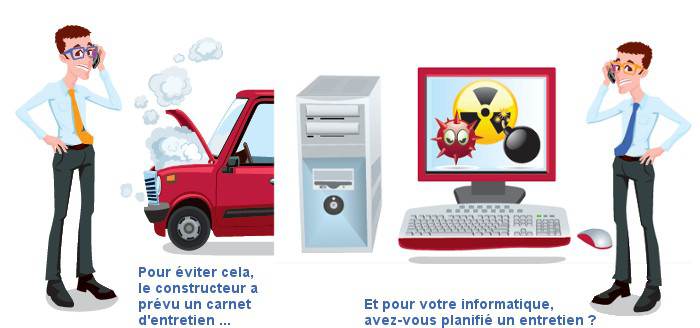There are two doomsday numbers in climate change discussions: 2 degrees Celsius and 450 parts per million. Groups of climate scientists like the Intergovernmental Panel on Climate Change generally agree that if the
But some scientists wonder if we’re already there. Climate energy scientist Steven Davis of the Carnegie Institution’s Department of Global Energy and colleagues posed a hypothetical: What would happen if the whole world suddenly stopped building new carbon dioxide emitters, from coal plants to cars, and let the existing ones die naturally of old age? Will the carbon emitters of today push us over the limit, no matter what we do next?
Not just yet, Davis claims in a paper in the September 10 Science. But just because we’re not doomed yet doesn’t mean we can relax.
“The currently existing infrastructure is not going to create the worst impact of climate change,” Davis said. “The devices whose emissions will have the worst impact have yet to be built.”
Davis and colleagues compiled data sets on power plant emissions, motor vehicle emissions, and household, business, industrial and transportation emissions, plus historical data on how long technologies like cars and power plants generally last. A coal-fired power plant’s natural lifetime is about 40 years, for example, while a car in the United States usually lasts around 17 years.
They calculated that existing emitters will blow between 282 and 701 gigatons of carbon dioxide into the atmosphere between 2010 and 2060, which would keep the atmospheric concentration of carbon dioxide below 430 parts per million. These levels of carbon dioxide would result in warming of only 1.1 to 1.4 degrees above pre-industrial levels, even at the upper limit of their estimates.
“We were pleasantly surprised that we came in under those benchmarks,” Davis said. “The fact that existing infrastructure doesn’t put us over these common benchmarks is good news.”
But it’s good news with an asterisk: There’s no way the world will stop building new carbon emitters tomorrow. The social and political inertia surrounding issues of energy and climate could take years or decades to reverse.
“These scenarios drastically underestimate the time to transition to this carbon-free energy system,” Davis said. “To actually get anywhere close to the scenario we’ve come up with would require a tremendous ramp-up of carbon-free technology.”
The study highlights “the draconian reductions in emissions that would be necessary to prevent that [disastrous climate change] from happening,” commented physicist and climate scientist Martin Hoffert of New York University. Hoffert thinks it will take a revolutionary change in our energy system to get out of the danger zone.
“We would have to do something like what FDR did in World War II, just say look, this is a matter of survival, we’re not going to worry about money,” he said. “We really will need to make major investments as a society in research and development in alternate energy. We don’t have this stuff sitting on a shelf.”
Hoffert also noted that combating climate change is not about saving the planet. The planet has already gone through several periods of extreme warming, where carbon dioxide levels soared and glaciers melted.
“The planet will survive,” he said. “It’s just that our civilization won’t.”
Image: Steven J. Davis
See Also:
- Betting on Climate Change: Corporations Stand to Make or Lose Billions
- Treating Climate Change as a Curable Disease
- Plan B: California Braces for Climate Change
- China’s 2030 CO2 Emissions Could Equal the Entire World’s Today
- New High-Res Map of U.S. Per-Capita CO2 Emissions
- NASA’s James Hansen Says Atmospheric CO2 is Already Beyond Safe Limit
Follow us on Twitter @astrolisa and @wiredscience, and on Facebook.
Authors: Lisa Grossman


















